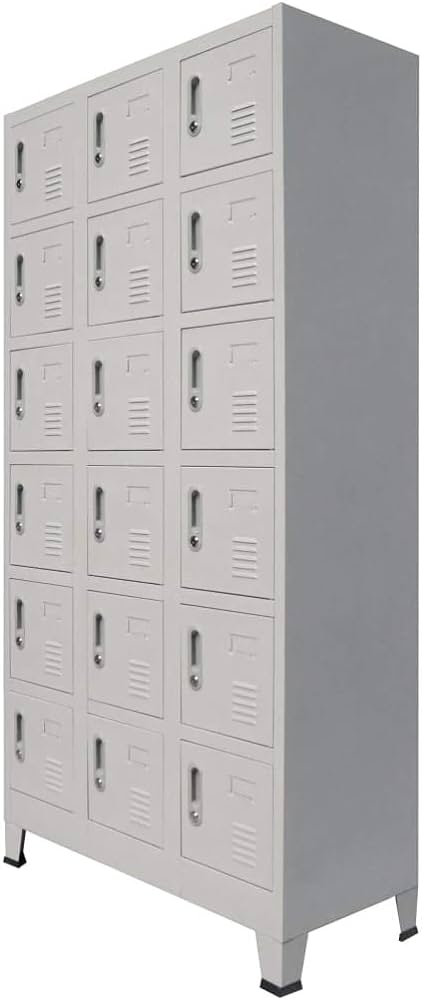Locker cabinets play a crucial role in maintaining order and security in various environments, from schools and gyms to workplaces and public spaces. When it comes to constructing durable and functional locker cabinets, the choice of materials is paramount. This guide explores the key factors to consider when selecting materials for locker cabinet construction, ensuring that your cabinets not only meet aesthetic preferences but also withstand the test of time.
Lockers:
Before delving into the specifics of materials, it’s essential to assess the purpose and environment in which the locker cabinets will be lockers placed. Consider factors such as humidity, temperature variations, and the likelihood of heavy usage. For instance, lockers in a gym may require materials that can resist moisture and withstand frequent impacts, while office lockers may prioritize a more polished appearance.
Metal Lockers:
Metal is a popular choice for locker cabinets due to its durability and security features. Steel and aluminum are common metals used in locker construction. Steel lockers are robust and provide excellent security, making them ideal for high-traffic areas. Aluminum, on the other hand, is lightweight and corrosion-resistant, making it suitable for environments with high humidity.
Wooden Lockers:
Wooden locker cabinets are favored for their aesthetic appeal and customizable design options. Hardwoods like oak, maple, or mahogany are commonly used for their durability and timeless look. Wooden lockers are ideal for settings where aesthetics play a significant role, such as upscale fitness clubs, spas, or boutique workplaces. However, it’s crucial to treat the wood to protect against moisture and wear.
Plastic Lockers:
Plastic locker cabinets offer unique advantages, particularly in environments prone to moisture and humidity. High-density polyethylene (HDPE) is a popular choice for plastic lockers due to its resistance to rust, corrosion, and mildew. These lockers are easy to clean, making them suitable for swimming pools, water parks, or areas with high humidity. Plastic lockers are also resistant to dents and scratches, ensuring longevity in high-traffic settings.
Hybrid Materials:
For those seeking a balance between durability and aesthetic appeal, hybrid materials provide a versatile solution. Combining metal frames with wooden or plastic panels allows for customization while maintaining structural integrity. Hybrid locker cabinets are a popular choice in environments where both functionality and design are crucial, such as modern office spaces or upscale recreational facilities.
Locker Cabinet:
Beyond the choice of locker cabinet material, consider the locking mechanisms and additional accessories for your locker cabinets. Options range from traditional padlocks to electronic keyless systems. Ensure that the chosen locking mechanism aligns with the intended use and level of security required. Additionally, explore accessories like ventilation systems, shelves, and hooks to enhance the functionality of the lockers.
In the world of locker cabinet construction, selecting the right material is a critical decision that influences not only the appearance but also the performance and longevity of the cabinets. By considering the purpose, environment, and desired features, you can make an informed choice between metal, wood, plastic, or hybrid materials. Invest time in understanding the unique characteristics of each material, and tailor your selection to meet the specific needs of your space, ensuring that your locker cabinets stand the test of time in both form and function.


